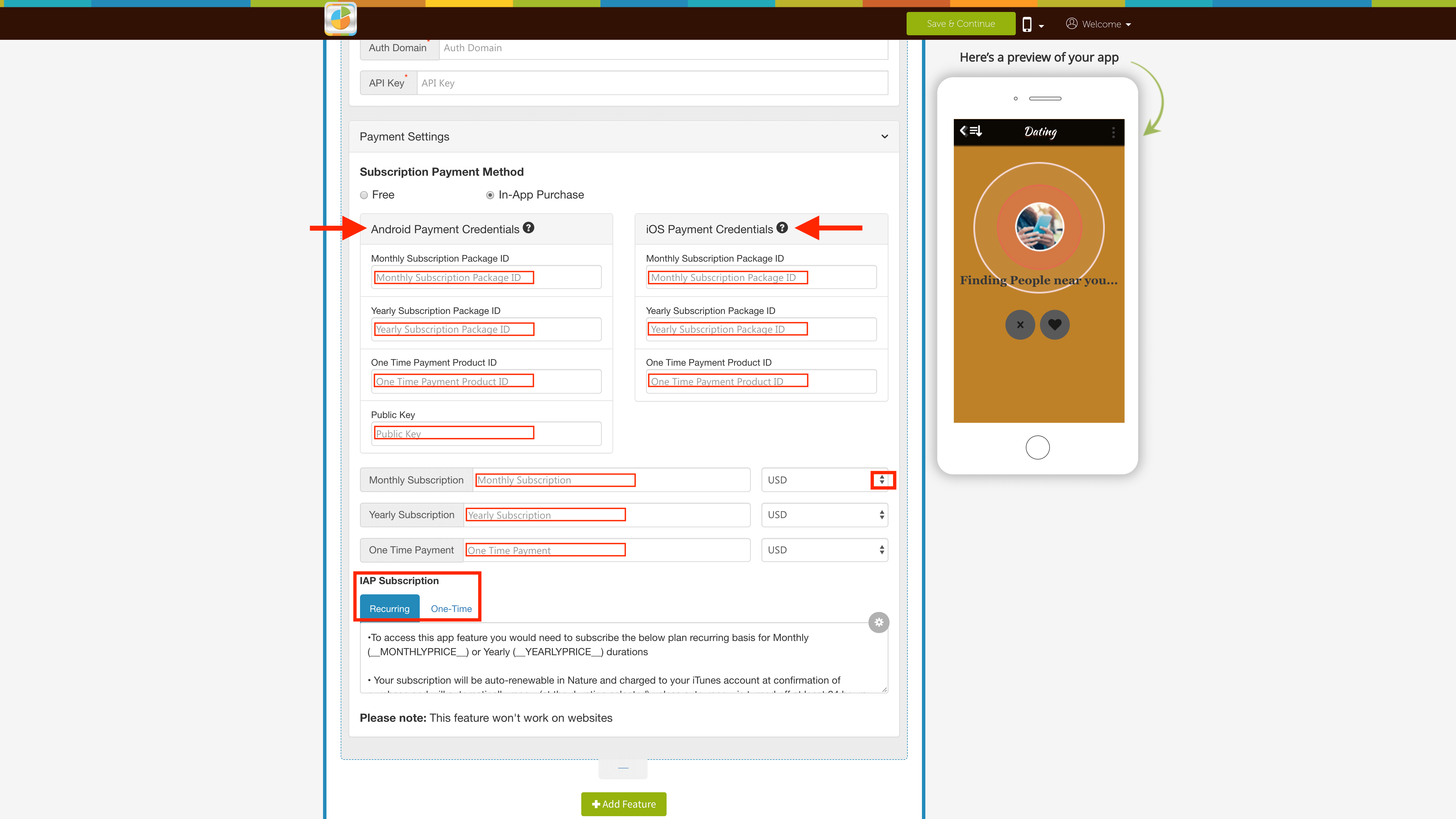
Dating apps and what they create - sorry
How To Make A Dating App
So, you want to create a dating app?
Of all similar platforms out there, Tinder is probably the most successful dating app, and has compelled many entrepreneurs and software houses to make a dating app that would be similar and yet unique.
The reason behind such a great interest is the size of the target audience: 57 million users spend over 1.5 hours on the app on a daily basis. Definitely generating user engagement, it offers potential revenue streams if effective and successful matches are created.
Indeed, dating apps are socially acceptable and in demand these days. The market reacts by being flooded with a variety of dating apps. So how can your app stand out among the ones already there and be the next Tinder? Read on to find out.
Before discussing dating app development, let’s take a look at:
A few interesting stats
Fact # 1
In 2019, approximately 30.4 million U.S. users accessed online dating services, including 25.1 million smartphone dating app users. The rise of single people is a worldwide trend. With the number of singles reaching in US 117.9 million as of 2019, we can certainly expect the popularity of bespoke and custom dating apps to increase further.
So what do all these numbers mean for you? There is plenty of demand for a dating app. But to stand out among the market competition and for the app to be truly successful, you need to define your target audience and then come up with a rock-solid strategy.
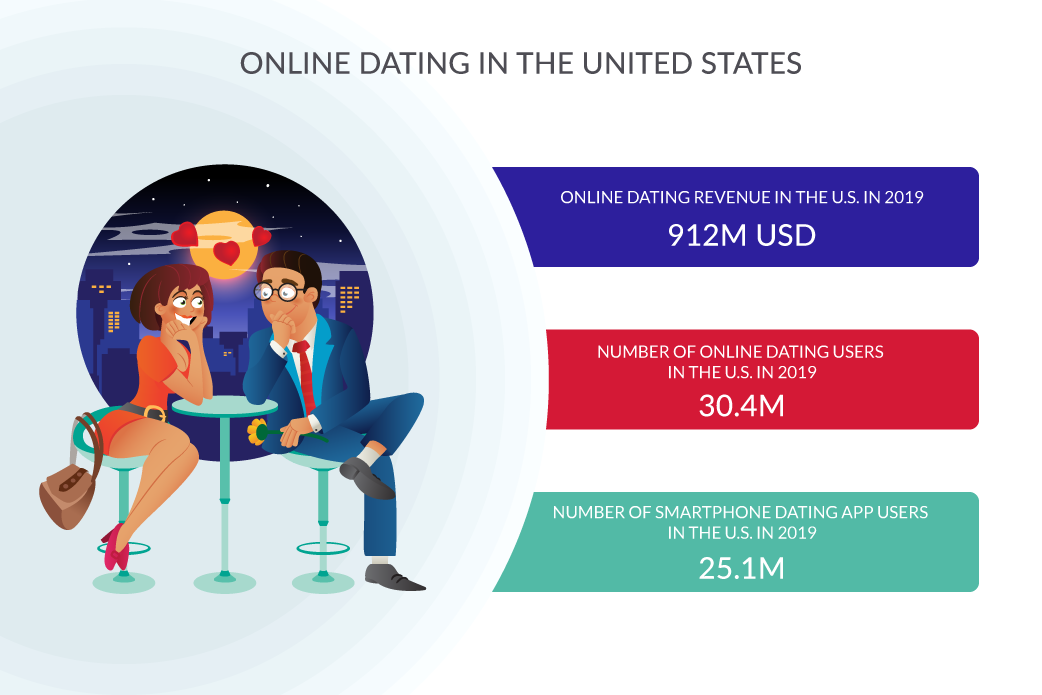
Fact # 2
84% of people who use dating apps do so to get involved in a stable romantic relationship. 43% do so for making friendly initiatives with like-minded and interesting individuals. 24% use dating apps for sexual needs.
Considering all committed relationships, 20% of them are initiated online.
Fact #3
Dating sites are used more by men than women.
When designing the app, take care to introduce elements that attract all those beautiful and charming ladies out there. Come up with an intuitive interface, offer attractive features and launch a well-crafted, targeted marketing campaign.
Fact # 4
The statistical analysis of the percentage of adults using dating sites in the US in 2020 shows that the most active groups of dating service consumers belong to age groups 18-29 and 30-44 that reach 30% respectively, which indicates the highest level of user engagement.
Ensure that your app is updated with all the latest trends of the age group that you intend to target. Yes, you should focus on younger individuals more, but still, offer something that appeals to all ages. After all, the younger generation might be more demanding when it comes to a variety of features and ease of user experience, so starting a dating app that would appeal to all age groups is a wise move.

Fact # 5
Location can influence the total number of your app users. Considering New York, 50% of the population is single, so you can entice a good number of potential users. But if you were to compare this to an area, where 70% of the population is married, the size of your targeted audience would significantly fall down.
So for all regions in which you plan to launch your dating app, conduct thorough researches and ensure that the market is good in all those areas.
Before you begin creating a dating app
Understand the targeted group
Defining and understanding the targeted audience is an important stage that significantly influences the success of your app. While you should focus on those groups that are more likely to use the application, avoid completely excluding groups that don’t meet your set criteria.
Broadly, your targeted audience can be classified based on demographics or psychometrics. Demographic factors include gender, age, location, income, occupation, race, ethnicity, and marital status.
Psychometrics is trickier and involves traits which you can expect general applications users to have. Use them to create detailed profiles of your targeted audience. Answering the following questions can help you out.
- What are your typical app users like?
- Which treats are common among users?
- What is the average day or week of your targeted audience like?
- What are their interests and hobbies?
- What is their perception and attitude towards online dating?
- What problems do they face when finding potential matches and dates by using a mobile or web application?
Other than application design and development, marketing is just as important. Your campaigns must be able to convey the message effectively to all potential users.
Creating a dating app in a particular niche can be a game-changer for your dating app startup. While targeting a niche audience, you take a competitive advantage and easily build a strategy that engages loyal audience. A majority of LGB adults report that they have used an online dating site or app so offering dating services that include the trans and queer communities is one of the ideas.
You can aim at a niche that unites people of similar:
- location
- background
- interest.
You can take a step further and unite people that share even the same dislikes: the example is Hater, a dating app that offers users to meet someone ‘hating the same stuff’ and determines matches based on the things they do not like.
Time to analyze competition
As we said, the market is already filled with a variety of dating apps right from the most basic to top tier ones. What can you do to stand out among them? Before you actually get an answer, you should study the existing apps towards both ends of the spectrum carefully.
Consider the most popular dating apps. Which features do they share and what are the unique selling points? Go through reviews of both the most and least popular dating apps and note down features which satisfy users. Also, pinpoint common issues or features that didn’t appeal to the target audience. Now go over the list and start figuring out the ones which you must definitely include or exclude from your app.
Evaluate local and global competition as well, regardless of the size or popularity of the dating app.
The key market players on the dating service market are:
Tinder
Tinder needs no introduction on the dating service market due to reported 57 million users and the super-powerful search functionality based on geolocation and basic filters (age and gender). The concept of the app was initially linked in reducing embarrassment and unwanted attention. Users can only talk if they both like each other.
Overall, the app functions enable users to receive tons of suggestions though in the free version, the geographic parameters can be set up to 10 miles.
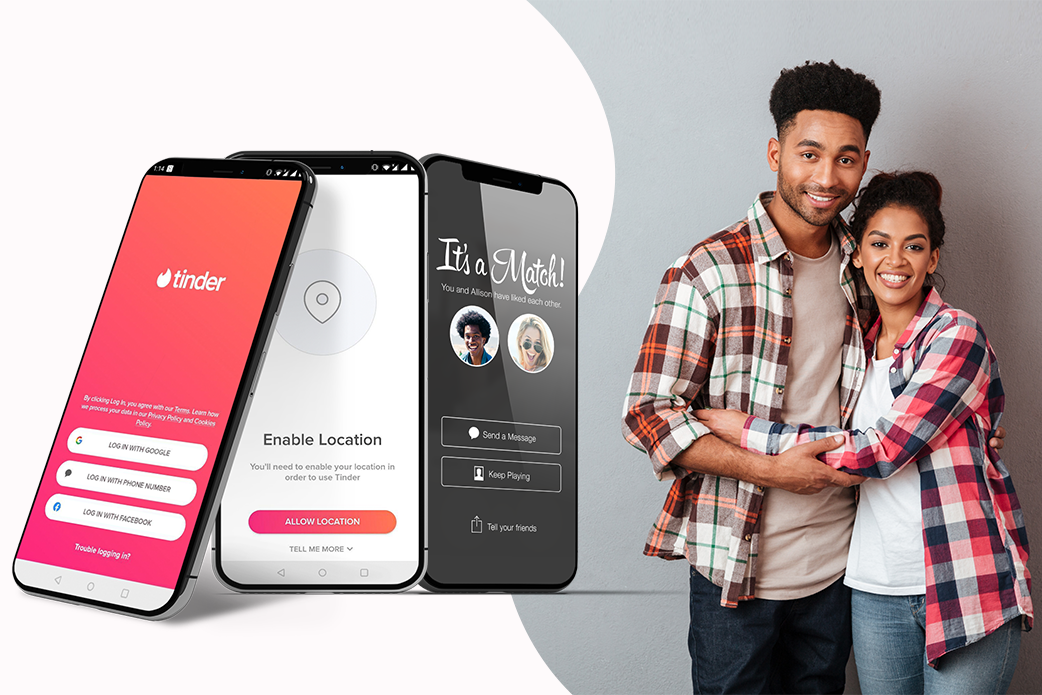
OkCupid
OkCupid provides one of the most detailed profiles on possible matches. Its concept is based on the algorithm asking lots of questions to maximize the matching success. It can ask users personal questions such who they would vote for and their attitudes toward guns, and (on fun side of the spectrum) shower sex or clapping when a plane lands.
With social distancing becoming a new reality, OkCupid started to ask users about their crisis survival plan and attitude to virtual video dates. It brought them 200% increase in user engagement.
Match.com
This is a dating empire that has been matching singles for over 20 years. It was designed as the dating site for singles interested in love and marriage. Users can send messages activating it as a paid feature. The app has over 8 million premium members worldwide but most of users reside in the US. It is worth mentioning that there is no option for users in a relationship mark their status as such due to Match.com policy that does not encourage third-party relationships.
Let’s match!
Probably the most important part. Your app is expected to create almost perfect matches. There is no real science of how to do that, and can you use a variety of algorithms for the purpose. Here is what we suggest.
An average user considers looks and interests to be the two most important factors when they are finding a suitable match. 64% of users of dating services claim that they look around for a person with whom they share common interests. 49% of users stated that they also give weight to looks when finding a partner for themselves.
Also bear in mind that before you actually get down to matching, you will have to collect all the necessary data from the users through a quick and simple questionnaire.
That being said, you can develop the algorithm that can set your product apart from other similar choices. Tinder matches people on locations, Dine utilizes user’s favorite restaurants and Hinge matches individuals based on common friends. But instead of using all these factors, come up with something unique for your matchmaking algorithm. After all, your dating application shouldn’t be just another Tinder alternative.
There are 4 matching algorithms:
Similarity of location
Lots of dating apps use GPS as the basis for matching. They generate a list of users in the vicinity and set distance limits on search, then they provide users with general facts about candidates before making a decision on breaking ice and starting communication.
Calculation-based
In such a scenario, algorithms are based on calculating the compatibility percentage by coinciding or matching answers asked by app bot. Even skipping the question might become the reason for matching in case a user and a potential candidate skipped ‘together’.
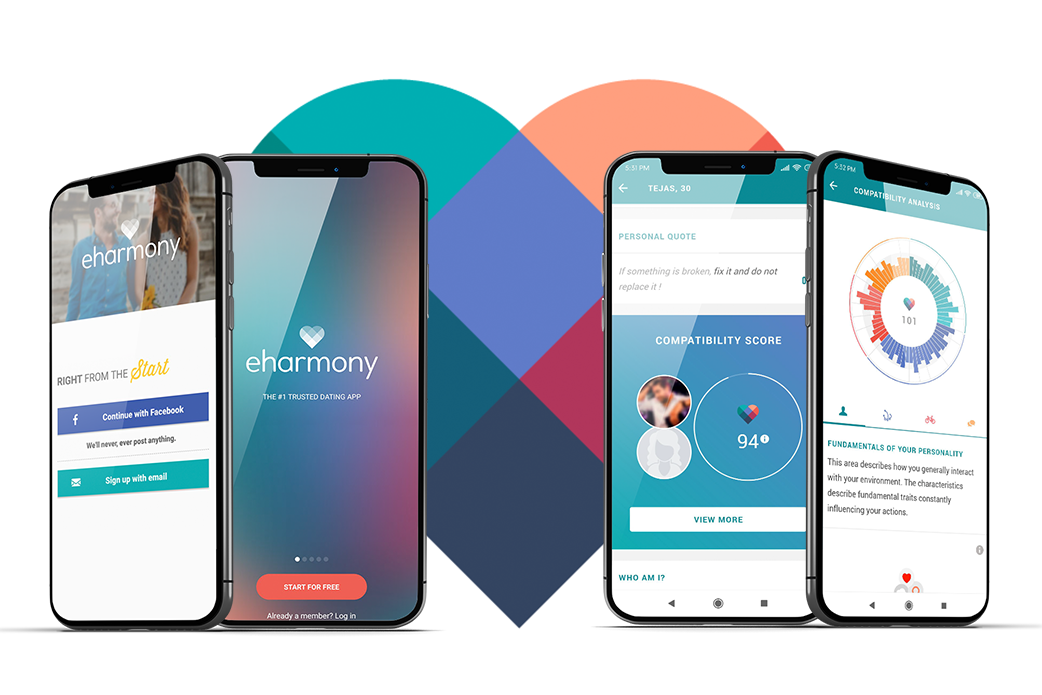
Preference patterns matching
Algorithms identifying patterns in preference and behavior are fed on data gathered from connected social networks profiles and analysis of likes comments and groups that users prefer. Incorporating this algorithm is associated with the employment of significant resources but the percentage of match accuracy justifies expenses.
AI-powered techniques
To enhance user experience and provide highly accurate matching, dating apps also employ various advanced technologies like machine learning, VR, AI, etc. to take a step further in the personalization of the recommendations and suggestions.
Satisfy the basic needs of your target audience
Your target audience will have varying needs but two of them are the most common: user experience and security.
User experience
Your app should offer a topnotch experience allowing users to understand everything by just glancing at the screen. Along with a visually attractive design, your app should allow users to complete their tasks faster and more clearly. User flow and workflows should be simple and short. Every action should be completed in the minimum possible number of steps.
Security
Your app should help users find safe matches and not pair them up with creepy or dangerous individuals. This means that you should conduct a background check on all users and figure out a means to verify that the information provided by them is indeed, correct. Features that allow you to achieve this include the following.
- Verify Profile: Request users to provide phone numbers and links to their social profiles. When users are less anonymous, they are less likely to be a threat.
- Filtering Messages: Messages should either be filtered automatically and manually so that a user can’t threaten anyone else.
- Banning: Allow users to complain and take action against unacceptable and indecent behavior.
- Blacklist: Let your users get rid of encounters that they don’t prefer.
Needless to say, you should also implement measures that protect the personal data of your users.
Which basic features to include?
Any successful dating app has an essential set of features. Generally, your users should be able to log into your app through any of their social media accounts like Facebook. As a next step, your users would then provide information about themselves such as age, location, gender, interests and so on.
Provide options to like, dislike and even superbike. Your users should be able to send each other emojis, pictures, and other content through a built-in chat system. You can also offer a reward system and award points to users when they invite friends, leave a review or perform any other action. Other features which you can include are:
- Sign in through other social platforms
The best way to engage users from the start is to offer a quick sign-in feature with registration via Facebook or any other social network profile.
If the profile sections can be managed easily, users tend to feel more engaged and provide more information. Additionally, it is essential that profile can be edited and easy to navigate through.
It enables users to choose potential candidates. Users can set preferences of seeing particular matches based on various filters.
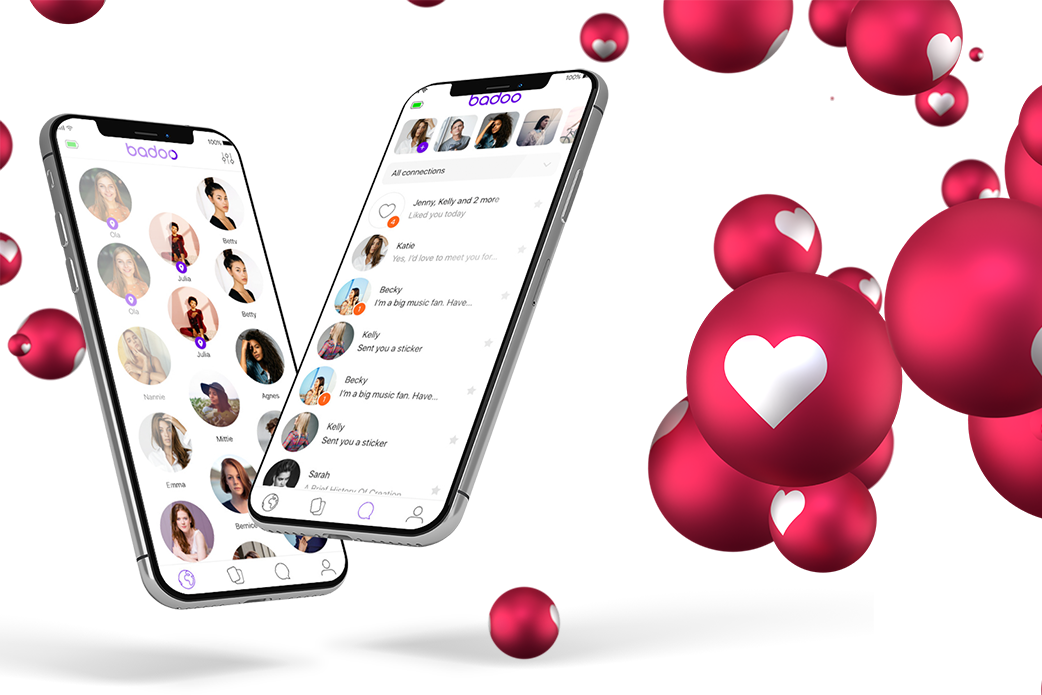
Tinder-based model of matching by location was copied by most of the dating apps due to its convenience and popularity among users. People united by similar location tend to match and meet more willingly.
To make the communication more diverse, users need tools for arranging their chats via texting and voice.
Users can link their social network profiles with dating apps enabling greater opportunities to share content instantly with the potential candidates.
Swiping can greatly deepen the user experience. This is the reason why Like or No made in one swipe is integrated in lots of dating apps. Besides, it shows to be the fastest and most convenient way of browsing the potential matches.
What else?
We’ve already talked about the interface, matching algorithm and security. Here are a few other pointers to keep in mind.
Discovering people
You can also offer advanced features to your users as well to make them feel in charge of the whole process. Let them select potential dates based on location, interests, field, preferences and other factors.
Messaging
Allow users to communicate with each other privately through messaging. You can also set some rules regarding who’d message first or a time limit in which to initiate a conversation for greater engagement levels. For instance, Bumble only allows women to start a conversation, whereas JSwipe sets a limit on time.
- Also, the messenger should be built-in, sporting a simple and enticing design. Remember that it is one of the most integral parts of your app that affects user experience, so do keep the following tips in mind.
- Your users should be able to review information on the person they are chatting with quickly. And if you can get this above the fold, it would be even better.
- Introduce features that improve the basic texting experience. For instance, you could offer built-in conversation starters, GIFs or even stickers.
Notifications
Engage your users through push, email and other notifications.
Marketing Plan
Your app can grow its user base only when you continue to market effectively. Break down your targeted audience into segments and continue promoting your app.
Choose a dating app development team
In actuality, when you choose a dating app development team, you make a choice of the future success of your idea. Hence, dealing with professionals with wide expertise and tech-related background is a must.
Tech stack for dating app may include:
Programming languages (mobile development) - Java, Swift
Frameworks - Node.js, Express.js, Next.js, React Router
Database - PostgreSQL, MongoDB, Redis
Cloud storage - Amazon S3
Web servers - Nginx
Payment gateway - Stripe, PayPal
General utilities - Optimizely, Twilio, Google Maps, Google Analytics.
Where do you get the money from?
Great, so everything is pretty much set up, but there is still one major issue left. How do you monetize the app and generate a revenue stream? Dating apps may be harder to monetize than other apps, but you can still earn quite impressively through the following means.
In-app purchases
Offer in-app purchases. But this works only when the elements are enticing enough. As an example, you can allow users to buy a charm, which would instantly notify people they are interested in. Ads can help you earn revenue, but make sure they don’t irritate your users.
Premium access
One of the most common ways to monetize an app, premium access means that the user can avail additional features. Offer multiple plans, classifying them as Basic, Value, Gold or other similar categories.
Local partnerships
You can sign an agreement with any local business and advertise them through the app. For instance, you could promote a hotel, restaurant or flower shop through your app. This method works only in a region where there are several local users.
Gifts are extra feature that can be offered on a fixed fee basis: it implies that users can send virtual flowers, kisses, greetings, signs of admiration or appreciation.
And how much will you have to spend?
The costs for developing a dating app vary from around $35,000 to $100,000 depending on the number of features that you want to offer. And then you’ll also have to invest money in marketing, so consider a promotional budget as well.
The Final Thoughts
Whether we accept the idea of online dating or not, dating apps have already become a reality, and they are here to stay. It creates a great number of business opportunities both for startups and serial entrepreneurs.
To ensure success when building your own dating app, secure your time and efforts with professional advice from the development company of relevant experience like CodeIT team that provides consultancy and full custom development service on clients’ projects of any complexity. Feel free to contact us at sales@codeit.us.
Development of a dating application requires the following steps:
- Understand the targeted group
- Explore the market and analyze the competition
- Define the set of required features
- Prototyping and wireframing
- UX/UI design
- Pick the best-suited platform and tech stack
- Build and launch an MVP
- Promote, grow and scale your product
Choosing the right software development company is a key factor in project success.
The basic MVP includes the following features:
- Sign in
- Profile management
- Discovery preferences
- Geolocation
- Voice chat
- Messaging
- Social shares
- Notifications
Dating apps may be harder to monetize than other apps, but you can still earn quite impressively through the following means.
- In-app purchases
- Premium access
- Local partnerships
The cost of a dating app greatly depends on the choice of platform for the development, feature set complexity, developers’ rates, tech stack. The costs vary from around $35,000 to $100,000. To have detailed information, contact us by sales@codeit.us, and we will provide a free consultation on a cost estimate of your project.

0 thoughts to “Dating apps and what they create”